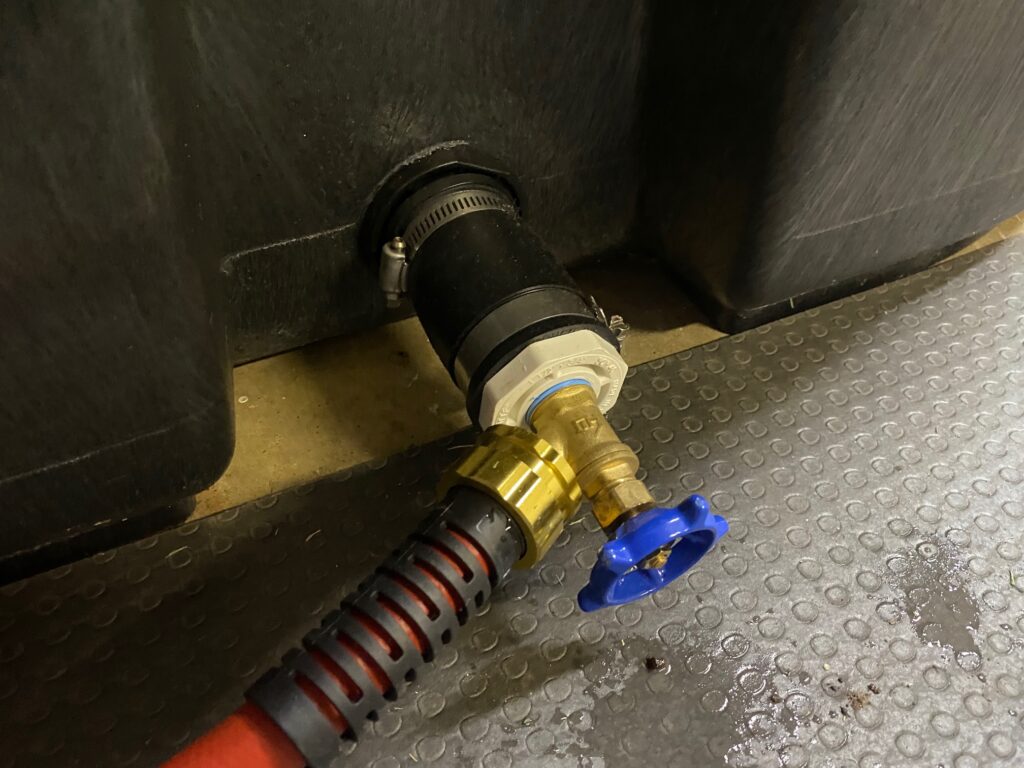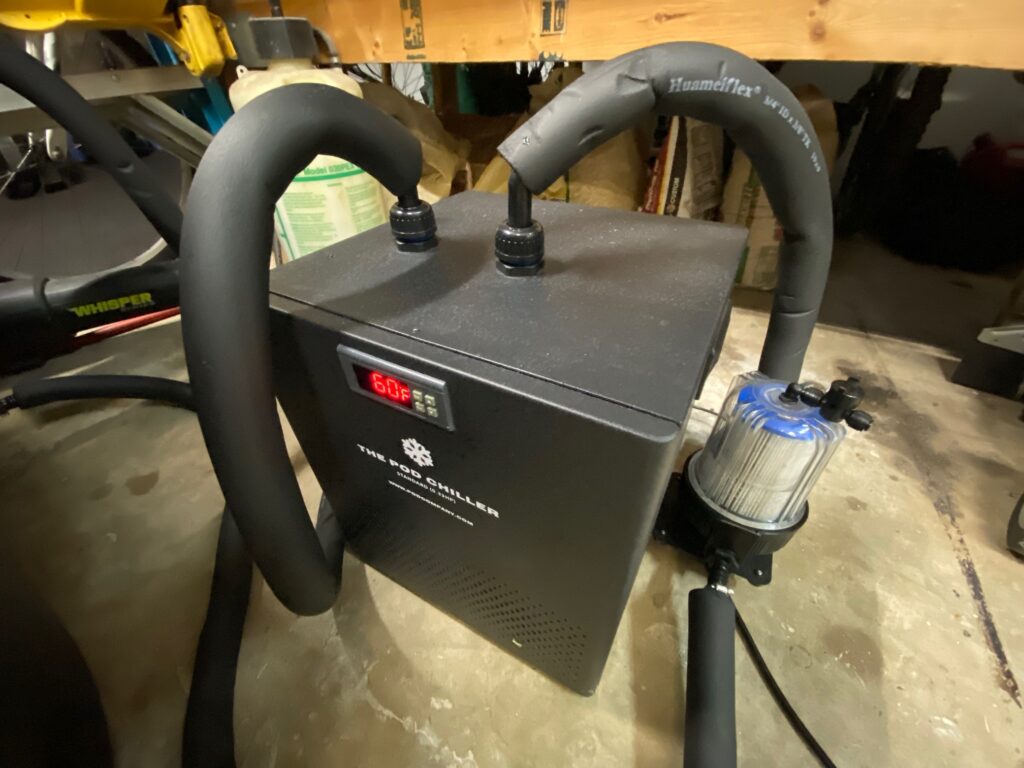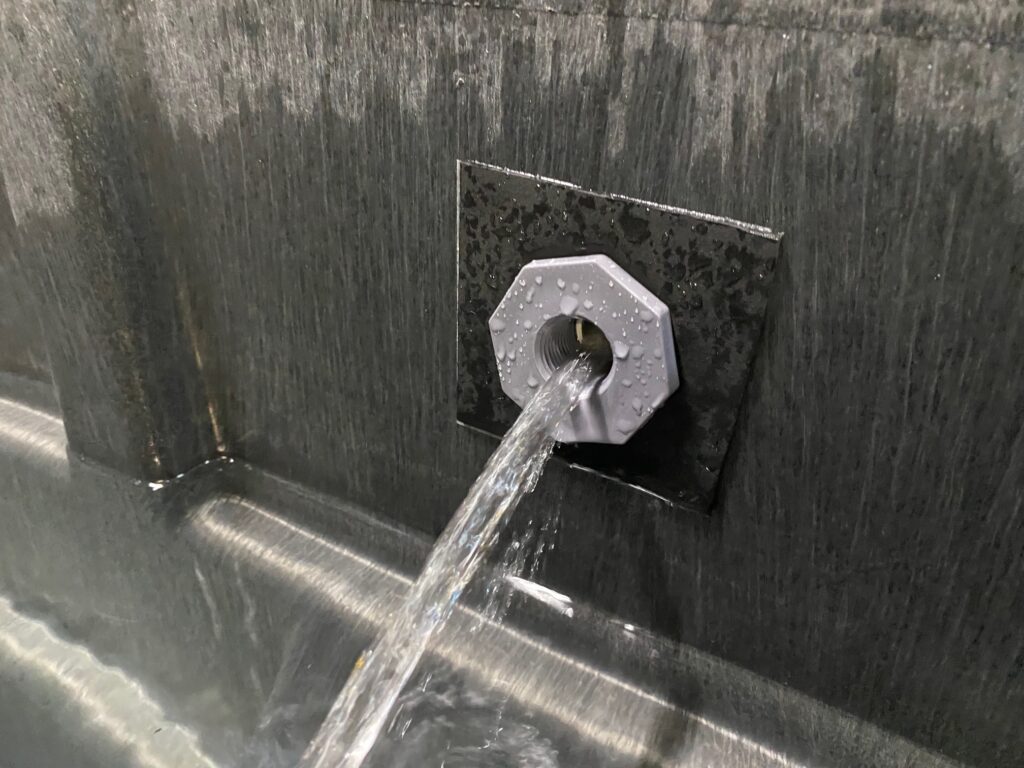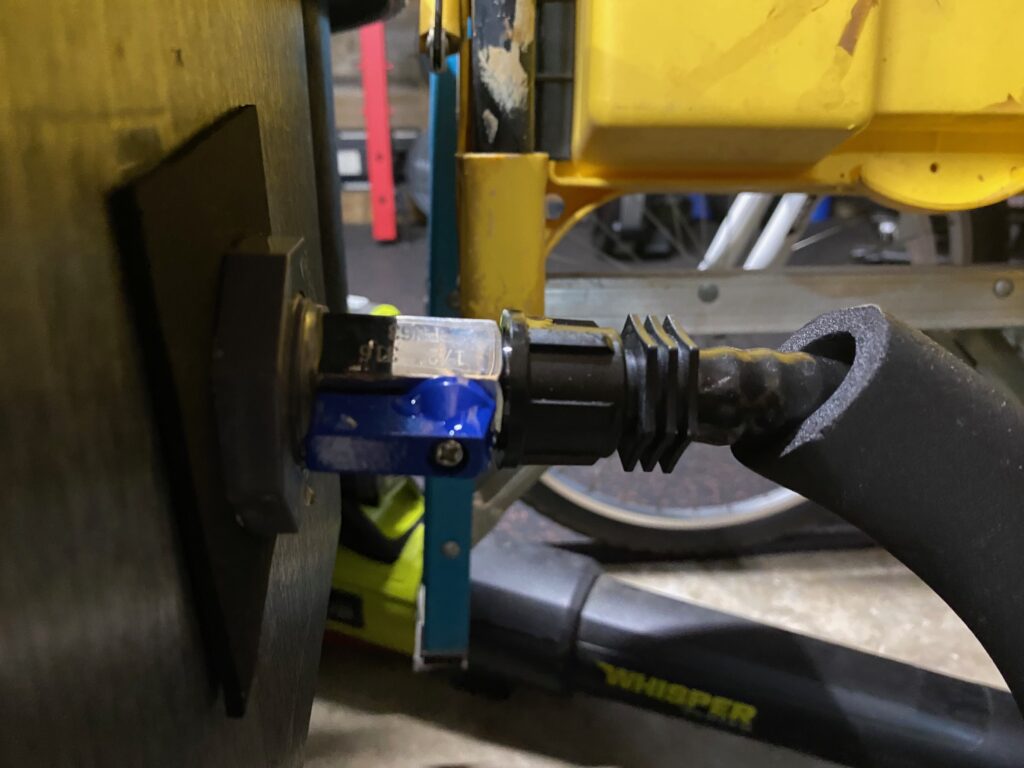The Cold Plunge Build
I started cold plunging about a year ago and I have seen several of the benefits listed below. Mainly benefit number 7 which is improved mood and stronger mental health.
I had done cold plunges before on travel outings and at a spa or two that I had the pleasure of visiting. I never really thought of it as being available for home and personal use. Recently, I started seeing more and more topics on the home cold plunge addiction. My son got me further turned on to cold plunge therapy after listening to several podcasts and in particular one from a gentleman by the name of Gary Brecka aka the Bio Hacker.
After I heard about the benefits, I decided I would really enjoy having a cold plunge but did not really want to spend the money for an extravagant cold bathtub knowing I would be placing this item in the garage.
So I started doing some research and design work and came up with a plan that I thought would work for me, my body size, and my budget. So the following is what I came up with.
After doing some research on different tub types, I finally landed on the Rubbermaid 150 gallon trough. The trough already had a drain plug in the bottom. So I purchased one from the Tractor Supply store for a little under $200.
One thing I found out is that the drain plunge outlet is a non-standard size so screwing something in was not going to work. I did a little further research and sure enough others found out that the outlet plug is an odd size. What’s up with that Rubbermaid? But I also found some solutions.

I wanted to put a valve with a hose on the end so that I could easily drain the tub every few weeks.
So, as I mentioned, I found a way to connect to the tub drain hole. I wound up putting a rubber tube over the outlet with a worm gear clamp to tighten it down with. On the other end I put a reducer plug with a reduced threaded hole and another worm gear clamp to tighten it down with. I then screwed a faucet style valve into the end and connected a 25ft hose. Works great.

Since this was taking place in December, January and February, the water from the outside spigot was still very cold – approximately in the 60 to 62 degree range. Cold enough for now.
April and May came around and the water temperature was creeping up into the 70 and 75 degree range. It finally got to the 80’s and I decided it was time for a chiller.
My son had purchased a pod and a chiller from a company by the name of “The Pod Company”. I found out that they sell refurbished chillers, and the price was right. The complete unit was $895 with all parts, hoses, filters and of course a pump and chiller. So, I purchased it. I did look at other chillers and some were less expensive ($450 to $700) but they were not all inclusive of the connections, hoses, and filters. I would have had to purchase all of that separately and that seemed risky.

Besides the chiller and all its components, I did purchase two bulkhead connectors, two ball values, and some sheet closed cell gaskets. I drilled two holes – one at the bottom and one towards the top. I installed the bulkheads and the valves. I connected the two chiller lines and viola I was up and running.


I set the chiller to 56 degrees and in one night it was ready to go.
I am now enjoying the wonderful benefits of a cold plunge every morning. It helps tremendously with getting my day started on the right track. Read below for the benefits of doing daily cold plunges.


Use this link to purchase your equipment and accessories from the “The POD Company” and get a discount towards your purchase. As you can see in the picture, I purchased their chiller and several accessories.
The Cold Plunge Benefits
Benefit #1: Soothe Sore Muscles
Just like throwing an ice pack on a sprained wrist, cold plunges help reduce muscle soreness and sometimes decrease swelling and inflammation. Professional athletes and fitness buffs have been following this trend for a while.
When you submerge in cold water, your blood vessels will naturally constrict. Doing this diminishes your blood flow, which in turn reduces inflammation in muscles. While this can be great for dealing with injuries and minor tweaks, you don’t need to be hurt to benefit.
There is evidence to suggest that cold plunges improve circulation, thanks to the same idea of constricting your blood vessels. When you first hit the cold water, the circulation on the surface of your body (your skin) constricts. To try and maintain your body temperature, the blood in your deeper tissues will circulate at a higher rate, improving general blood flow.
Benefit #2: Support Your Immune System
Your immune system is one of the most critical aspects of your body’s health, and cold water immersion may help improve it. So, while it’s probably not a great idea to hop in a cold tub the next time you get the sniffles, a regular routine of cold plunging may be able to help you fight off future illnesses.
Studies have shown that exposure to cold water and cold temperatures can have an “immunostimulating” effect, which is a fancy way of saying that cold therapy can help your immune response.
Exposure to cold water can trigger your lymphatic system, eliminating waste and toxins within the body. Lymphatic vessels, which carry infection-fighting white blood cells, will constrict when in contact with cold water, forcing the lymphatic system to pump. This, in turn, triggers your immune system, boosting your white blood cell count and improving your immune response!
Benefit #3: Builds Resilience
Voluntarily dipping your body into freezing water challenges you both physically and mentally, pushing your body past its comfort zone. It takes fortitude to withstand cold temperatures, even for a short time, which is why ice baths build up your resiliency. Building up a routine of cold plunging can even help you develop better self-control and gain more energy.
While hot tubs are known for their relaxation, cold tubs are notoriously difficult to get used to. Nothing can prepare you for the first shock of taking a cold plunge.
Sitting in chilled water acts as a physiological stressor and temporarily puts your body in survival mode. However, brief and repeated exposure to this physical stress may improve your overall stress response in a process called cross-adaptation. Your body adapts to repeated exposure to ice baths by building your defenses to have them in place in case the ice bath happens again.
Even if you’ve started a routine, it won’t feel much easier to get in the tub every day — but pushing through that initial discomfort can help you leap out of your comfort zone. Of course, it’ll take some work to convince yourself, but by sticking to your guns and pushing through your discomfort, you might find it more accessible and easier to master self-control.
Benefit #4: Boosts Energy Levels
Sticking to a cold plunge routine can also boost your energy levels, thanks to a hormone and neurotransmitter called norepinephrine. Norepinephrine in the brain helps to regulate focus, attention, and mood, and when we come into contact with cold water, there is a significant release of norepinephrine into our bodies.
This sudden increase stimulates our sympathetic nervous system, better known as our “fight-or-flight” response. Once this is triggered, we get a flood of energy as our body works through the physical stress of cold temperatures.
Benefit #5: Boost Your Metabolism
The metabolic rate is the rate at which your body uses energy to burn calories. Studies have shown that cold exposure kicks this rate into high gear—anywhere from 8% to 80% higher — as your body works to keep itself warm.
Though it may not feel like it, shivering generates heat. That heat production requires energy, which boosts your metabolism. An increase in metabolism from soaking in an ice bath may then lead to the next surprising benefit.
Benefit #6: Support Weight Loss
Your body gets the energy it needs to keep you warm in the cold from brown adipose tissue, or brown fat. Think of a wood-burning stove that’s used to warm up a room. The wood is the “brown fat,” and the fire is the “metabolism.”
Benefit #7: Improve Your Mood and Support Mental Health
If your mood needs a pick-me-up, an ice bath may do the trick. After that initial gasp from the shock of cold water, many people begin to feel invigorated and clear-headed. You can thank the release of endorphins, the feel-good hormones, for that.
When your body senses cold, your sympathetic nervous system gets to work. That’s the part of your nervous system that regulates the “fight-or-flight” response, which involves the release of hormones, such as adrenaline and endorphins, to help you get away from a threat (or fight it). Your body perceives cold as a “threat” or stressor, which is why it works so hard to keep you warm and releases hormones that improve your mood and boost focus.
Benefit #8: Strengthen Your Hair and Skin
Cold water therapy doesn’t only do you good on the inside, it does you good on the outside, too. More specifically, it can help strengthen your hair and skin.
Your hair may benefit from ice baths because chilly water can flatten ruffled cuticles, leaving it shiny and help it retain moisture to prevent breakage.
And because cold constricts blood vessels, ice baths may temporarily reduce redness and puffiness in your face and tighten pores. In addition, it may soothe itchy, irritated skin on the face and the rest of the body.
For optimal results, always start and end your normal shower routine with cold water. Starting with hot water first will strip away your skin’s natural oils, leaving your skin feeling dry and tight.
Benefit #9: Support Better Quality Sleep
There are several reasons why cold-water immersion supports better sleep. As we mentioned above, ice bathing relieves stress and improves your mood, making your sleep more peaceful.
Cautions of Cold Plunging
While there are many benefits of cold plunging, there are a few precautions and risks to be aware of.
- Plunge sober, as inebriation and intoxication can impair your balance, motor skills, and more — which could lead to a slip.
- Breathe slowly to control your heart rate and avoid hyperventilation that may make you feel lightheaded.
- Listen to your body and get out if you start to feel significant discomfort or pain, pushing yourself too cold or too long could result in hypothermia in extreme cases.
- Be careful getting in and out of your tub, slippery surfaces combined with adrenaline or lightheadedness might cause slips.




